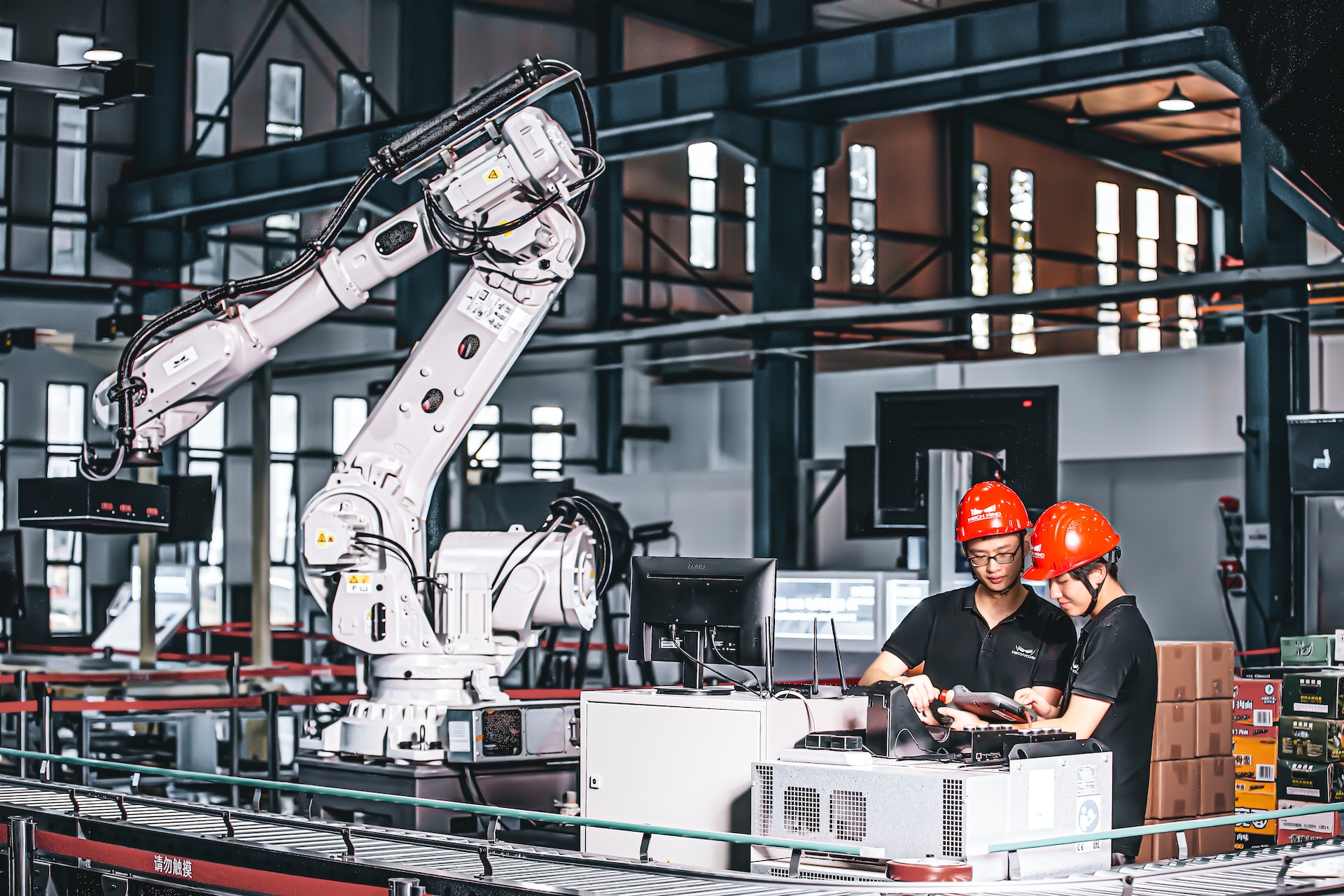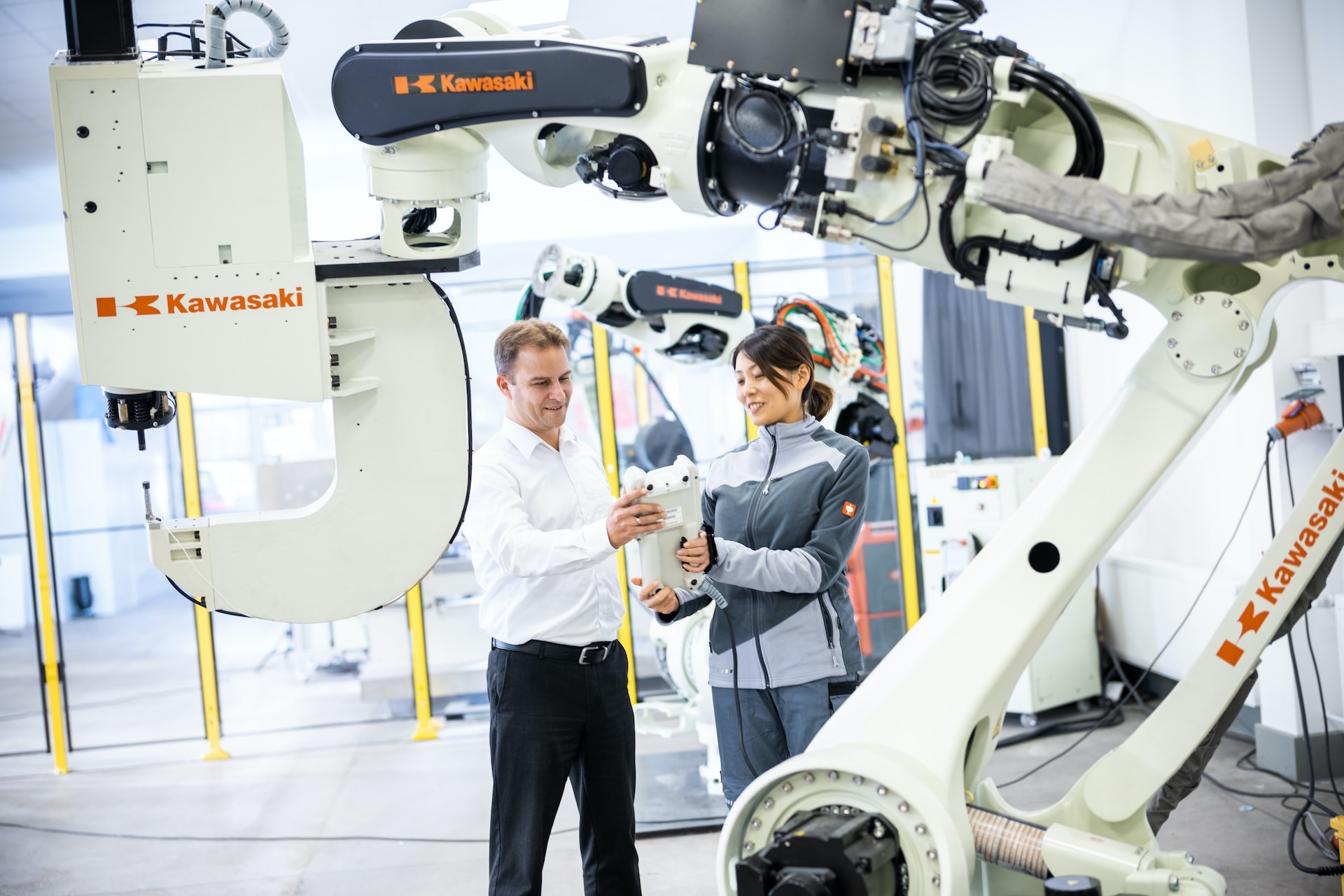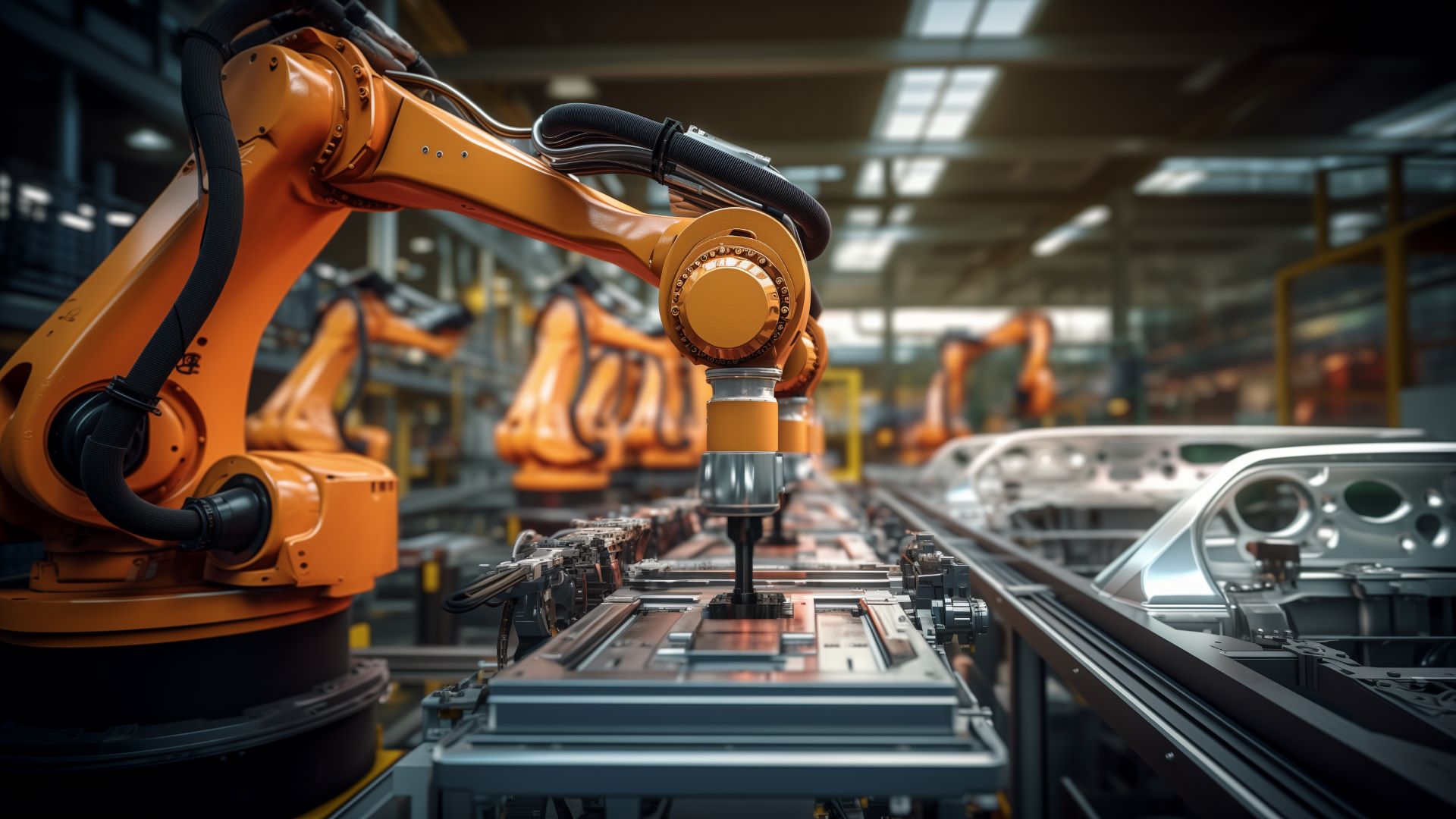
5 Tips to Deploy Cobots Effectively
May 31, 2023 - Emily Newton
Revolutionized is reader-supported. When you buy through links on our site, we may earn an affiliate commision. Learn more here.
Businesses can effectively deploy cobots in manufacturing by leveraging the flexibility of cobots to maximize the ROI of human-robot collaboration. A thorough planning process is central to the success of any cobot implementation. Businesses have to ensure they are taking steps to prepare employees and protect their safety at work. What other tips can businesses use to ensure they maximize the potential of their cobots?
1. Perform a Risk Assessment
The first step to effectively deploy cobots in manufacturing is understanding the potential risks they pose. Modern robots are typically designed with high safety standards in mind. However, any new piece of machinery in the workplace can pose risks to employees and property.
Conducting a thorough risk assessment will allow businesses to understand their unique risk factors. This process involves analyzing the area where the robot is going to be installed as well as the job it is going to perform. It is best to do a risk assessment in a team, since different people may think of different possible risks.
For example, ideally every employee on site is wearing their PPE, but the risk assessment team can’t count on this. They have to consider every possibility, including potential safety hazards resulting from accidents or negligent behavior. The same applies to the cobots. To effectively deploy cobots, businesses have to be prepared for mechanical malfunctions.
Identify as many risks as possible and rank them numerically based on the degree of risk. Factors like potential injury severity or repair costs can contribute to a risk’s numerical ranking.
2. Identify the Right Applications
One of the most common speed bumps when attempting to effectively deploy cobots is finding the right application. Businesses have to keep in mind that cobots have unique advantages compared to conventional robots. They need to be integrated in a highly strategic manner to maximize the ROI they deliver.
One of the top benefits of cobots is their high level of adaptability and flexibility. They are able to perform a greater variety of tasks compared to conventional robots. They can also do this in close proximity to humans without posing a high degree of risk. Businesses can factor this into their planning for their new robot integration to identify ideal applications.
For example, a cobot is perfect for streamlining assembly lines or packing processes. The cobots can automate simple, repetitive steps in the packing process, such as applying plastic straps to boxes. Due to the human-focused nature of cobots, they are able to do this alongside humans working on more complex tasks in the same assembly line.
One of the most important steps to effectively deploy cobots in manufacturing is looking for applications like this. Find opportunities to leverage the flexibility and safety features of cobots so they can augment the skills of human coworkers.
3. Ensure Employees Are Prepared
A common stumbling block in robot integrations is lack of employee preparedness. Businesses may be so focused on the robot side of things that they forget the role employees play in a successful robot integration.
Employees need the skills and knowledge to understand the new robots well so they can confidently work alongside them. This goes for all employees, not just those who will be directly operating or interacting with the robots. Thorough cobot training is crucial for minimizing safety risks and preventing robot-related accidents.
Cobot training is also crucial for ensuring effective collaboration between robots and employees. Surveys estimate that 29 to 47% of jobs have been “taken over” by robots. People who had already been displaced by robots estimated this number to be higher, indicating possible resentment or fear surrounding the role of robots in the workplace.
Businesses need to be aware of employees’ concerns about their job security any time a new robot enters the workplace. Cobots are designed to work with humans, not replace. Effective cobot training can instill confidence in employees and relieve fears that they are being replaced. This will ensure that employees help the new robot integration go as smoothly as possible.
4. Make Safety a Top Priority
In addition to completing a risk assessment, businesses also need to act on the known risks associated with a cobot integration. Making safety a top priority is critical in order to effectively deploy cobots. It’s a two-way street, as well – cobots can improve employee safety when integrated well. Businesses can apply cobots to high-risk tasks, freeing up employees to concentrate on safer roles.
There are many steps businesses can take to ensure cobot safety. However, cobots don’t usually require the extensive safety measures needed for conventional robots. For instance, cobots don’t need large safety cages to keep employees away.
Examples of common cobot safety measures include sensors and emergency stop controls. Most cobots come with some safety features built in, as well. Businesses can use proximity sensors to allow the cobot to sense when people or objects are nearby.
These sensors can be used to program in auto-stop functions any time a person or objects gets within a certain radius of the robot. Make sure to factor in the full range of any robotic appendages, such as claws or arms.
5. Monitor and Analyze Performance
Planning and preparation are vital to success with robotics. However, what happens after the integration is installed is just as important in order to effectively deploy cobots. Businesses need to monitor and analyze the performance of their cobots to maximize their ROI.
Effective performance monitoring allows businesses to make adjustments to their cobot setup, optimizing it for better efficiency or safety. Having clear, measurable benchmarks and goals in mind is vital for this process to be successful. Businesses should have a clear idea of what they are hoping their cobots will achieve.
For example, a business might install cobots to improve productivity on a box packing assembly line. They might measure how many boxes pass through the assembly line in a certain amount of time or track how long each step of the packing process takes. By comparing these numbers to performance metrics before the cobot was installed, the business can tell how the cobot is performing.
Continuously monitor cobot performance and look for ways to improve the integration. Sometimes this may involve repurposing the cobot to a new application where it could be more effective. Don’t be afraid to consider new ideas and applications if the first one is not showing a good ROI even after optimization attempts.
How to Effectively Deploy Cobots In Manufacturing
Businesses can effectively deploy cobots by combining plenty of preparation with a strong performance monitoring strategy. Cobots are much safer and more adaptable than conventional robots, offering many possible applications for businesses.
Remember to make employees a central part of the process of adopting a cobot. The collaboration between cobots and employees is vital to a successful integration. Safety, training and risk awareness are also key to achieving a good ROI on any new cobot.
Revolutionized is reader-supported. When you buy through links on our site, we may earn an affiliate commision. Learn more here.
Author
Emily Newton
Emily Newton is a technology and industrial journalist and the Editor in Chief of Revolutionized. She manages the sites publishing schedule, SEO optimization and content strategy. Emily enjoys writing and researching articles about how technology is changing every industry. When she isn't working, Emily enjoys playing video games or curling up with a good book.




